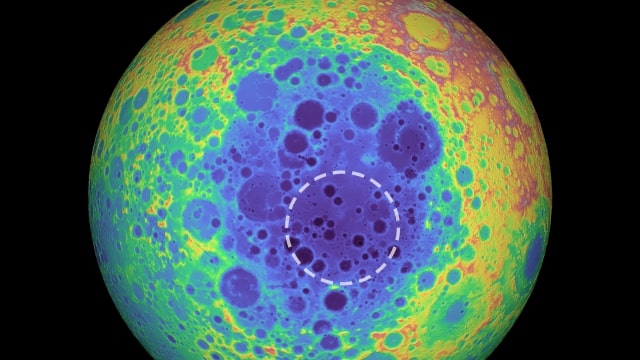Two Quintillion Tons of Metal or Dense Oxides Found on the Moon
A large mass of material has been discovered beneath the largest crater on the Moon, the South Pole-Aitken basin, and it may contain metal from an asteroid that crashed into the Moon and formed the crater. If this is a massive metal resource then it would make lunar colonization and the industrial development of space …











